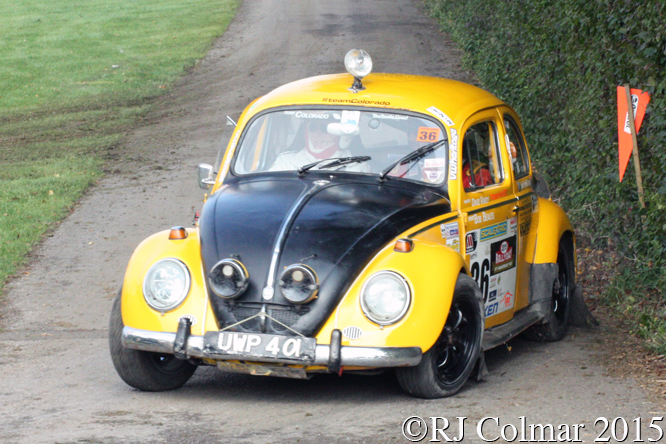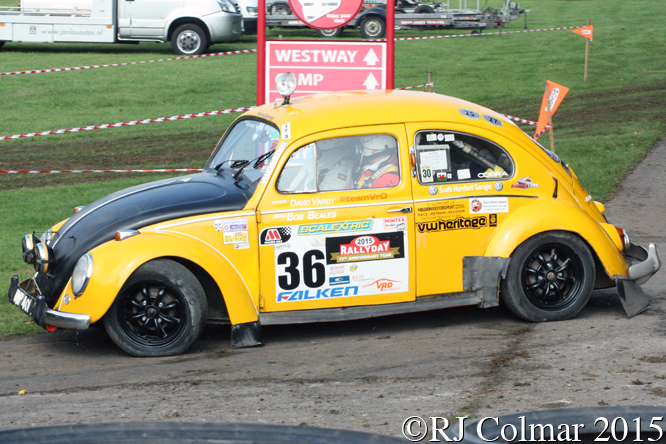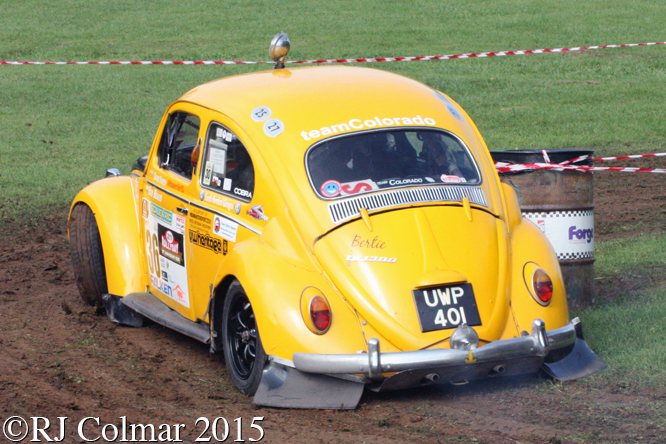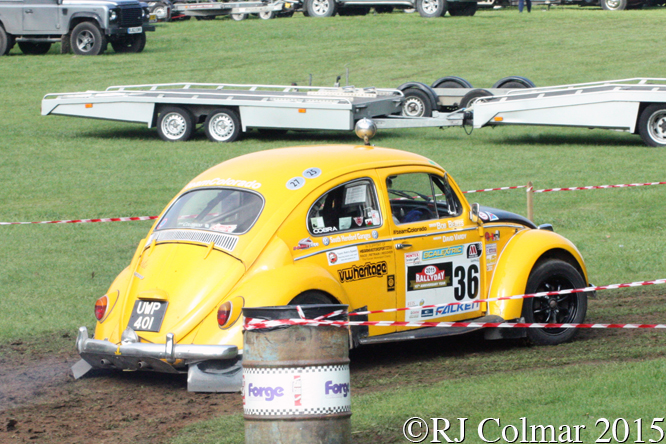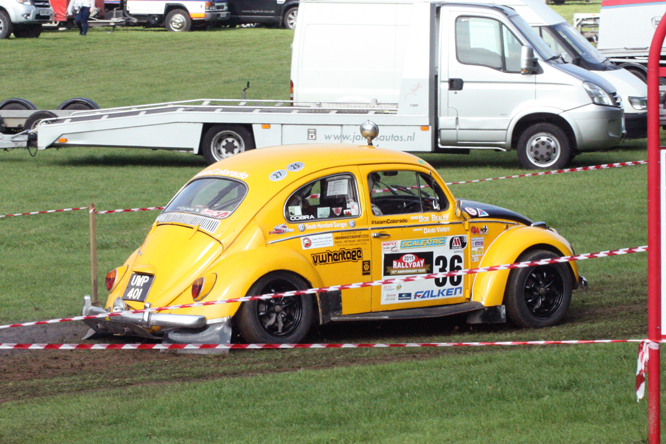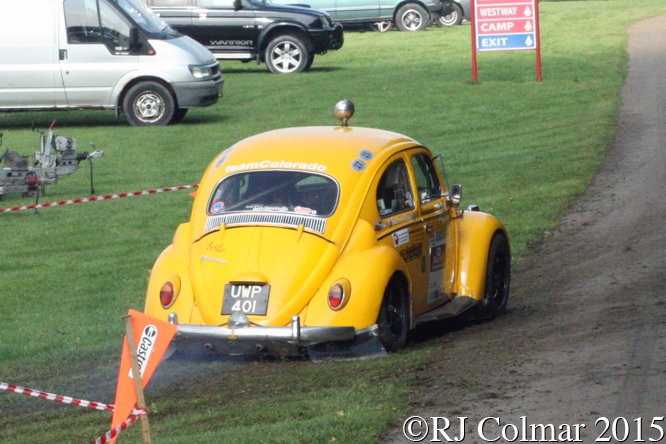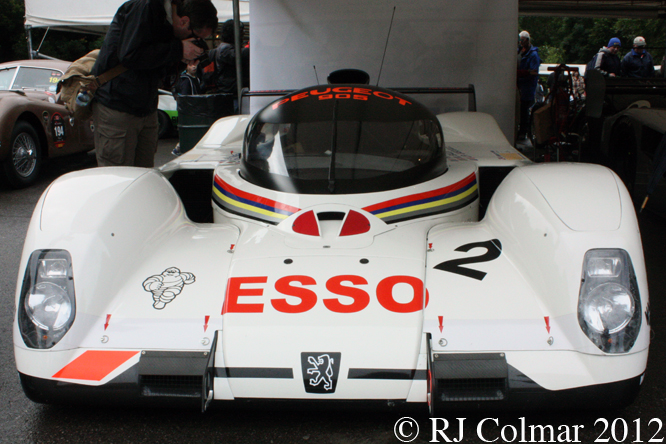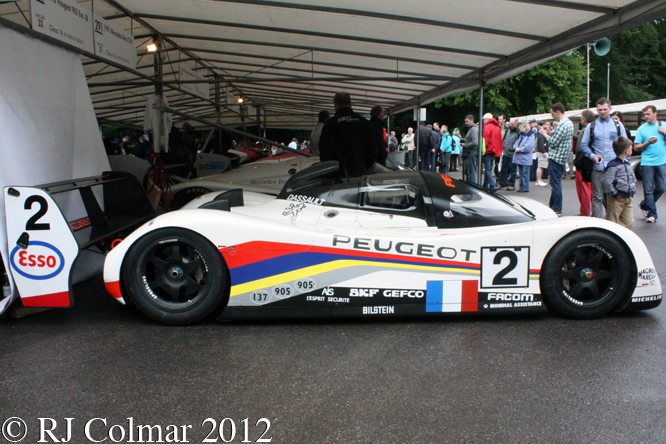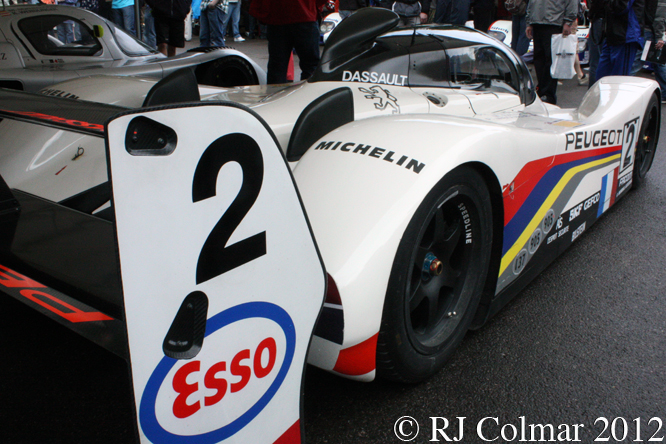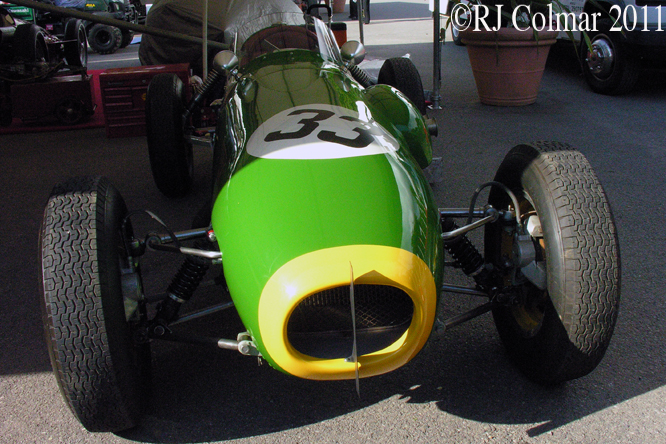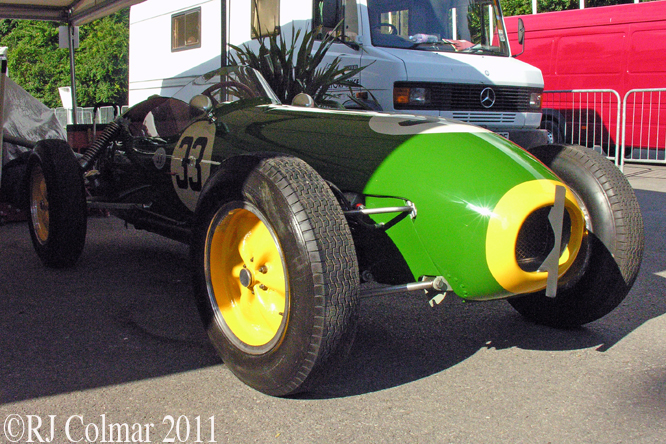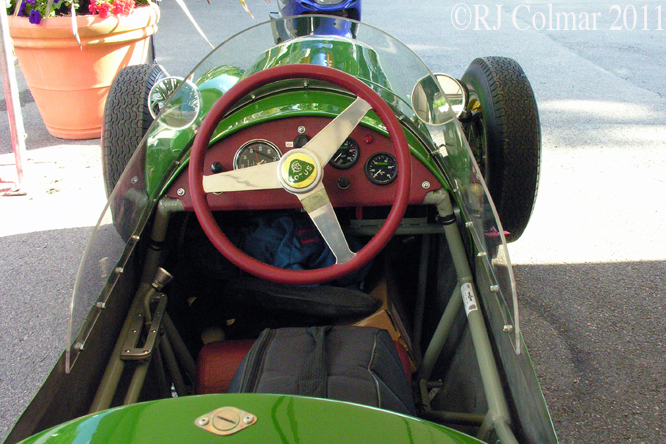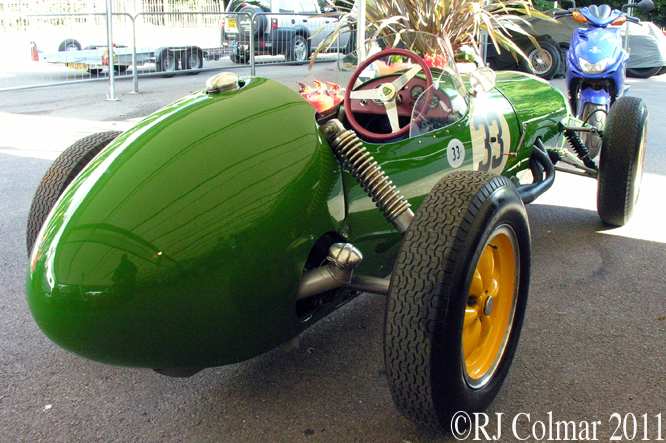Afrer a varied career, that started aged just 14 when his father disappeared, that included running the family transport business, selling war surplus motorcycles, experience in the coal import business and founding a business importing scrap steel from France to be recycled into FIAT’s in Italy Henri Théodore Pigozzi was appointed as FIAT’s man in France responsible for the distribution of, and later assembly of, FIAT’s for the French market aged just 28.
Henri founded Société Anonyme Français des Automobiles FIAT (SAFAF) to handle the work and purchased premises formerly used by Donnet to establish manufacturing operations in 1934 for a new entity the Société Industrielle de Mécanique et de Carrosserie Automobile (SIMCA) of which FIAT was the major share holder.
The “Simca Mille” was primarily designed by a team headed by Dante Giacosa and was chosen with FIAT’s blessing by Henri from a variety of four door concepts FIAT were exploring to expand the FIAT 500 and 600 series range into the up to 1 litre / 61.5 cui market segment.
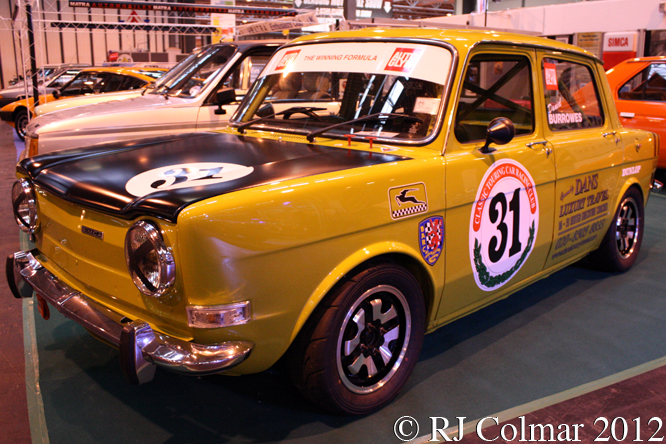
Former GM employee Mario Revelli de Beaumont and Felice Mario Boano were responsible for developing the Simca 1000 to production readiness in time for it’s launch in 1961, by which time FIAT had given up on the idea of launching it’s own four door model electing instead to go with another two door vehicle the FIAT 850 which was launched in 1964.
The Simca Mille remained in production until 1978 by which times variants had been built in France, Spain, Colombia and Morroco with 4 cylinder engines in the boot / trunk varying from 777cc / 47 cui to 1294 cui / 79 cui which were sold at a rate of over 100,000 a year up until 1974 with over 2 million examples built by 1978.
FIAT tuner Abarth started producing modified versions of the Simca Mille but they never went into regular production after SIMCA first bought Ford’s French interests and then itself came under the control of Chrysler’s European arm, however Simca started offering the 53hp, red only, Simca 1000 Rallye in 1970, which became known as the The terror from Poissy, where it was built, to fill the rear engine rear wheel drive gap left by the popular Renault 8 Gordini that was replaced by the front engine front wheel drive Renault 12 Gordini.
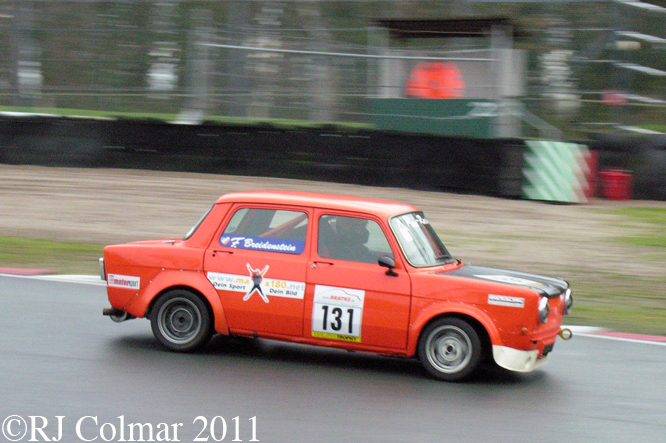
The next evolution of the Mille was the 60hp Rallye 1 which had a top speed of 96mph that was launched in 1972, today’s featured model the twin carburetor 82 hp Rallye 2 was built alongside the Rallye 1 and had a top speed of 100 mph and was the first Rallye to be fitted with 4 discs brakes as standard.
The Rallye 2 was used in touring car racing from 1973 to 1981 particularly in France, Belgium, Holland, Italy, Spain and Germany during which time it recorded at least 11 class (1.3 litre / 79.3 cui) victories.
The #31 Rallye 2 seen in these photographs is driven by Daniel Burrows while I believe President of ”Simca Heckmotor (rear engine) Deutschland, Frank Breidenstein is seen at the wheel of the #131 during a track day at Oulton Park a few years ago.
Thanks for joining me on this “The Terror Of Poissy” edition of “Gettin’ a li’l psycho on tyres” I hope you will join me again tomorrow for a Concours d’Elegance edition of Gettin’ a li’l psycho on tyres”. Don’t for get to come back now !
